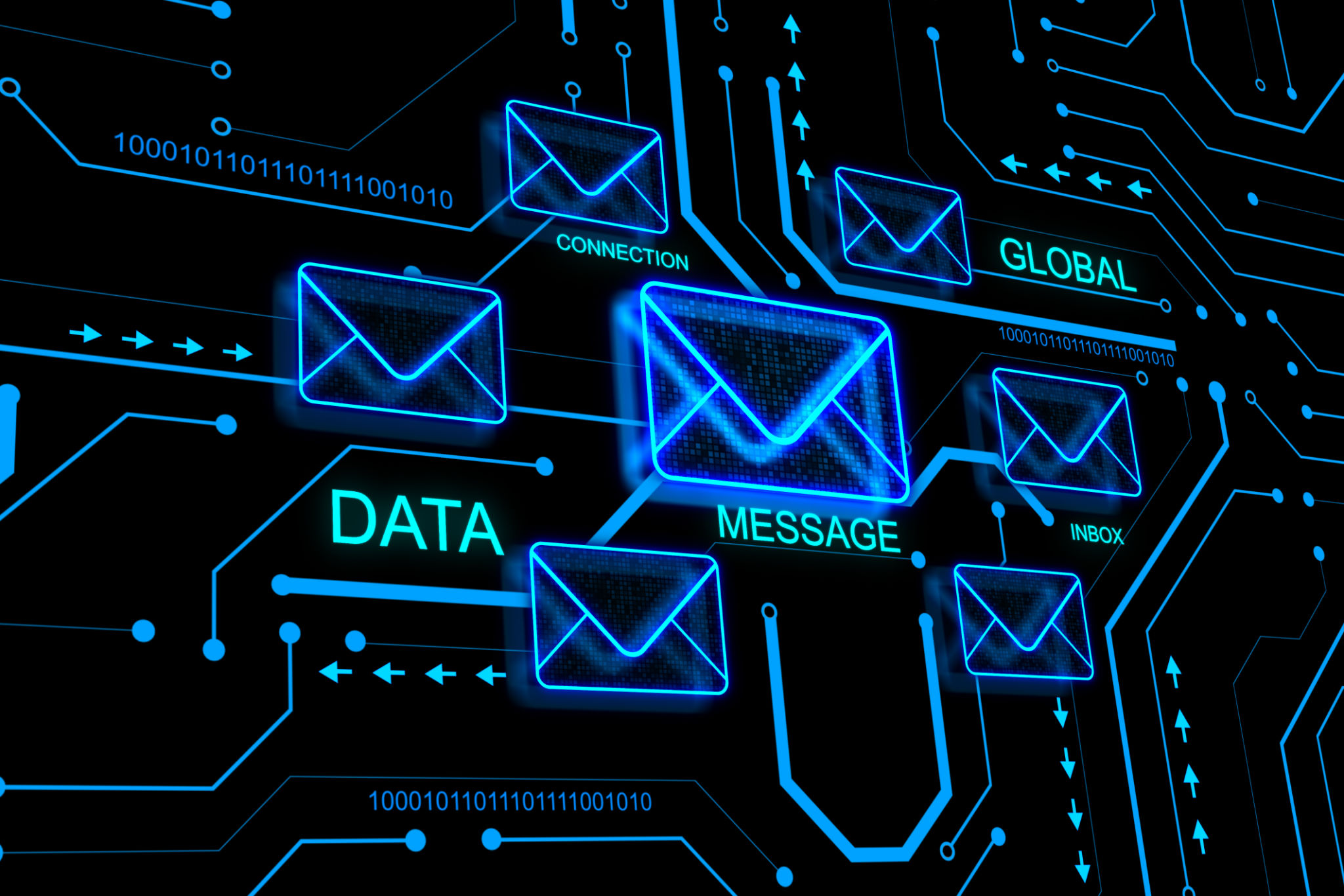5 Common Mistakes in Cold Email Writing and How to Avoid Them
Understanding the Basics of Cold Emails
Cold emails are a powerful tool for building connections and expanding your professional network. However, crafting an effective cold email requires more than just a message and a recipient. There are common pitfalls that can hinder your success. By understanding these mistakes, you can improve your cold email strategy and increase your chances of a positive response.
It's easy to overlook the fundamentals when focusing on the outcome. Let's dive into the most common mistakes people make in cold email writing and learn how to avoid them.

Mistake #1: Lack of Personalization
Why Personalization Matters
One of the key elements of a successful cold email is personalization. Sending generic messages that lack a personal touch can make your email seem like spam. Recipients are more likely to engage with an email that feels tailored specifically to them.
Solution: Take the time to research your recipient and include specific details about them or their company. Mentioning mutual connections or recent achievements can go a long way in establishing rapport.
Mistake #2: Weak Subject Lines
Crafting Compelling Subject Lines
The subject line is the first thing your recipient sees, and it can determine whether your email gets opened or ignored. A weak or vague subject line may fail to capture attention, leading to a low open rate.
Solution: Create concise and intriguing subject lines that clearly convey the value of your email. Test different variations to see what resonates best with your audience.

Mistake #3: Overly Long Emails
The Importance of Brevity
In today's fast-paced world, time is precious. Long-winded emails can deter recipients from reading your message in its entirety. Keeping your email concise and to the point is crucial for maintaining interest.
Solution: Focus on delivering your message in a clear and succinct manner. Use bullet points or numbered lists to break down information, making it easier for recipients to digest.
Mistake #4: Ignoring the Call-to-Action (CTA)
Effective Call-to-Action Strategies
A cold email without a clear call-to-action (CTA) is like a ship without a sail. Your recipient needs guidance on what action to take next, whether it's scheduling a call, visiting your website, or replying with more information.
Solution: Include a strong and specific CTA that aligns with the goal of your email. Make it easy for recipients to follow through by providing direct links or simple instructions.

Mistake #5: Failing to Follow Up
The Power of Persistence
Many people send a single cold email and then move on when they don't receive an immediate response. This is a missed opportunity. Following up can significantly increase your chances of success, as it shows persistence and genuine interest.
Solution: Develop a follow-up strategy that includes sending polite reminders or additional information. Timing is key; ensure your follow-ups are spaced appropriately to avoid overwhelming the recipient.
By avoiding these common mistakes, you can enhance your cold email effectiveness and build meaningful connections that drive results. Remember, successful cold emailing is an art that requires attention to detail and a willingness to adapt your approach based on feedback.